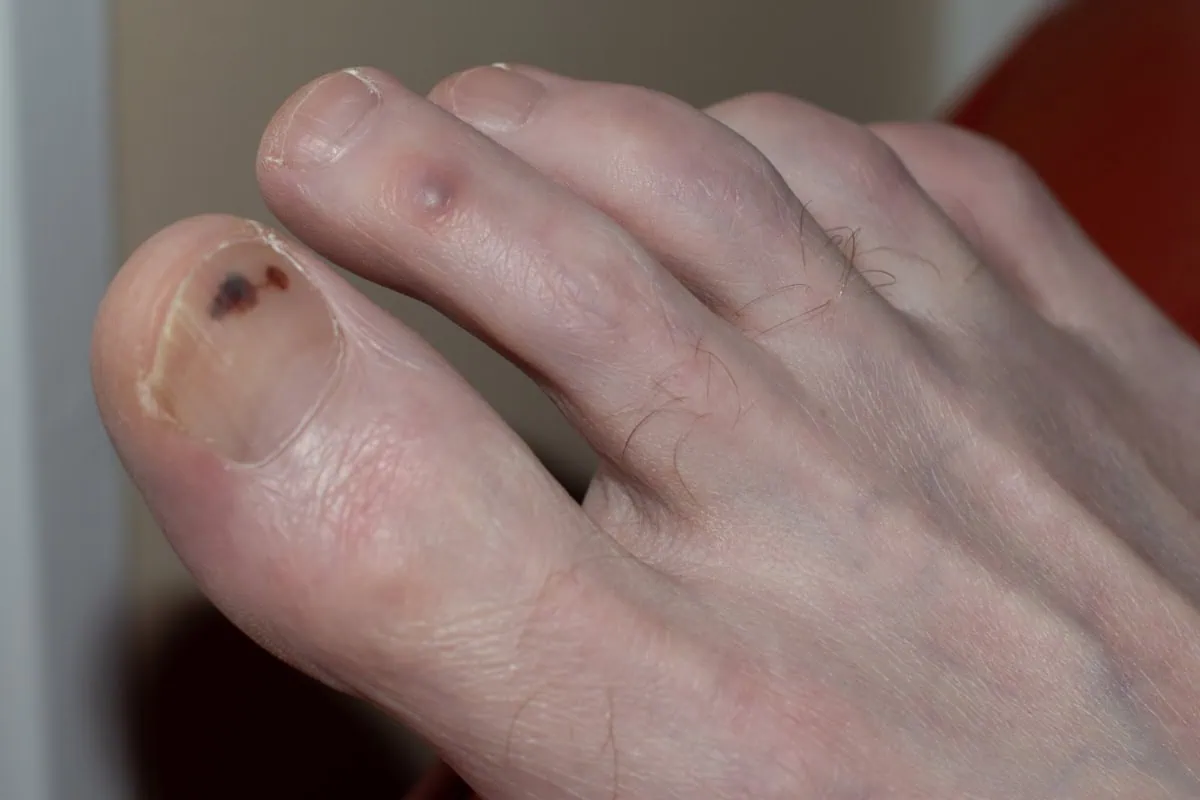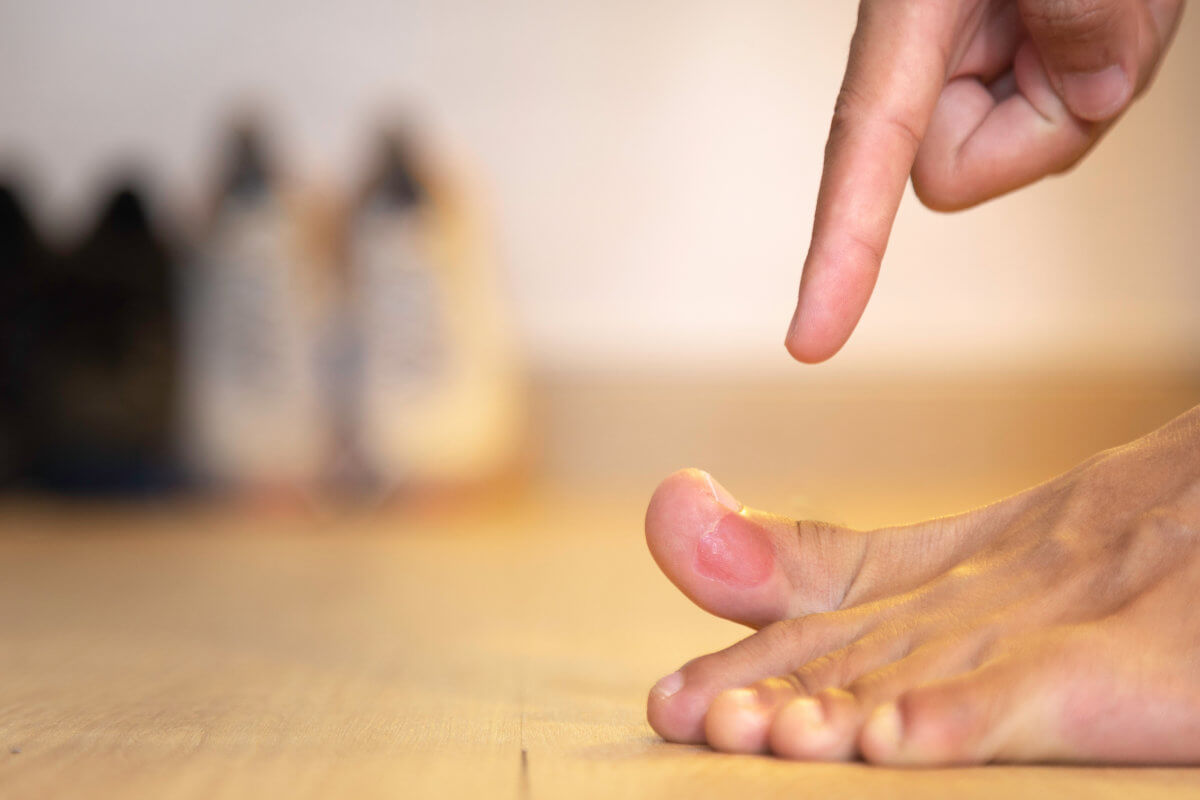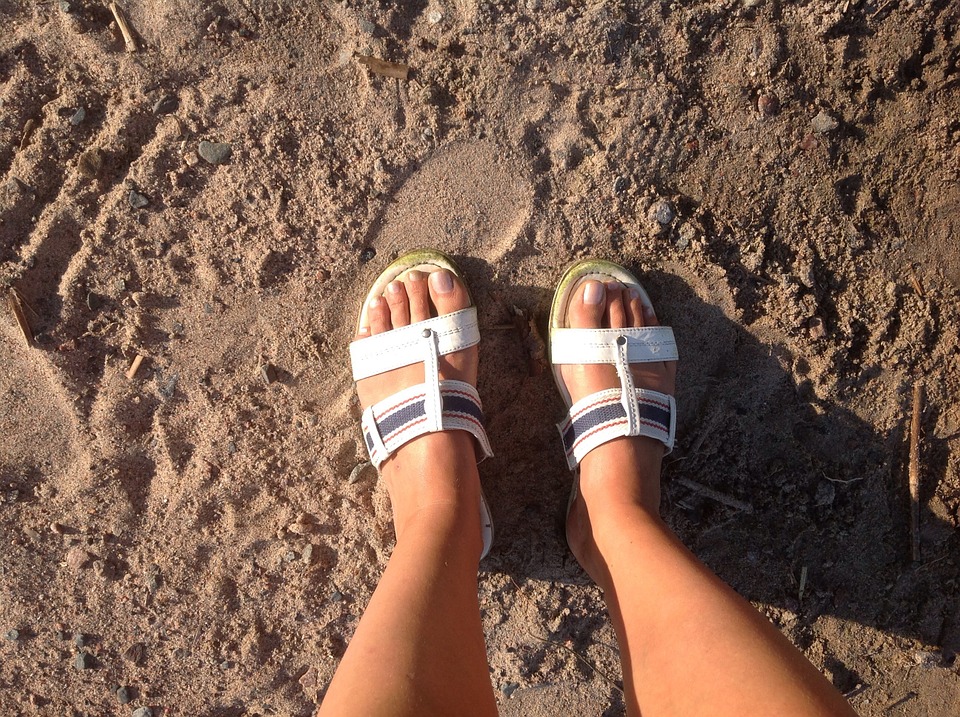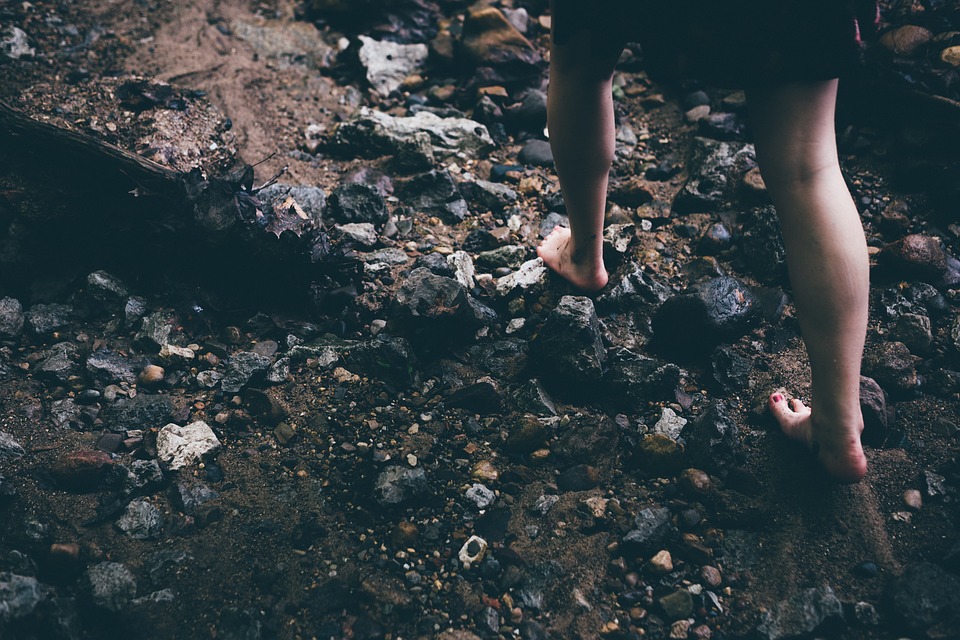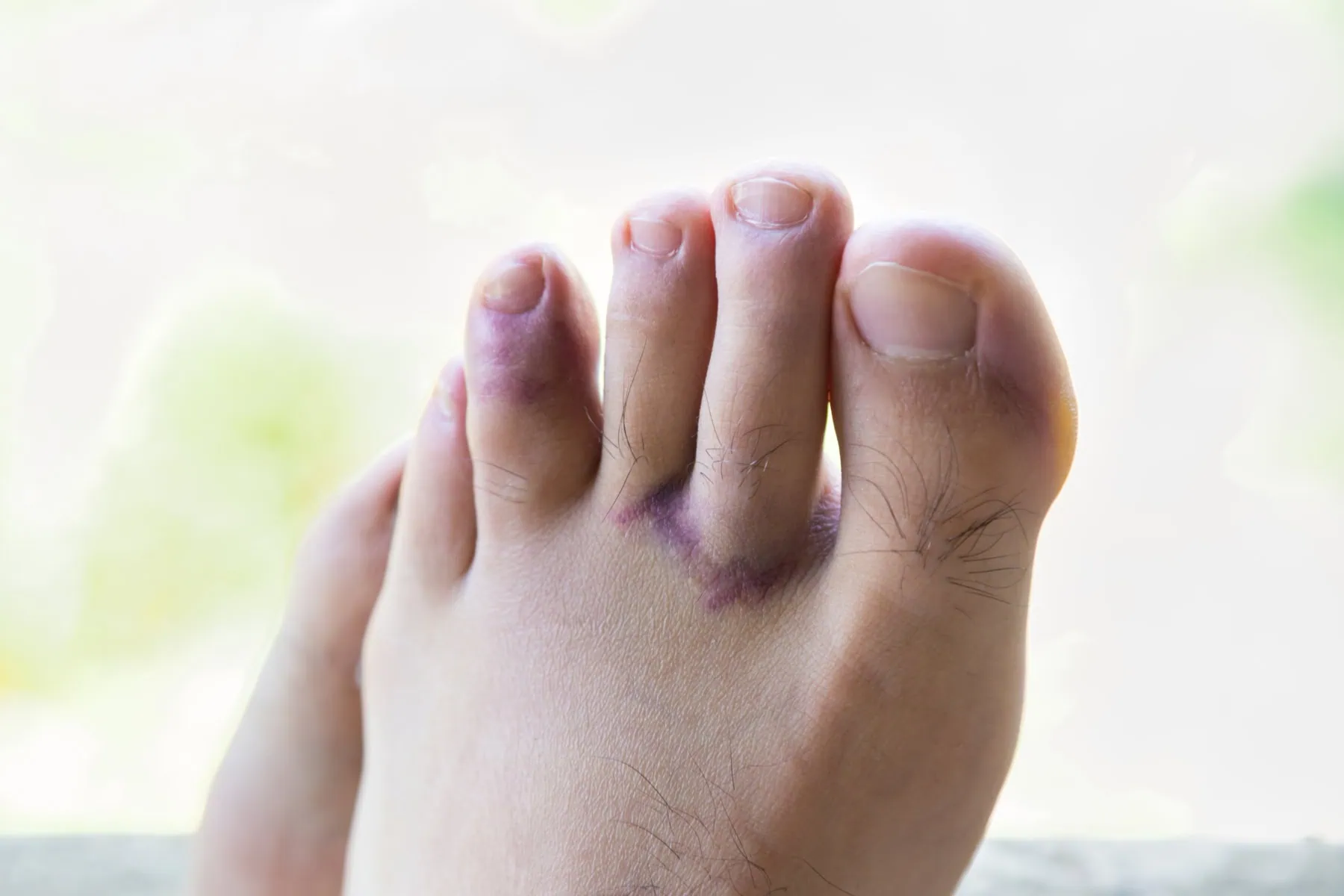
In this blog, we will discuss broken toes, how to know if you have a broken toe, and why treatment may be important. Most of us encounter chair legs, or some other semi-immovable objects when we are walking barefoot. Immediately, if your toe has been impacted by such objects, you will pause for a second. Then the pain hits you, which can be very excruciating. Stubbing your toe is never fun!
This is a common occurrence, and we will share symptoms that may indicate that you have a broken toe and what can be done about it.
How Do I Know If My Toe Is Broken Or Just Bruised?
- I won’t be able to walk on my foot if the toe is broken right? WRONG! This is an adage that is simply not true. Many people can still walk even if their toes are broken.
- Swelling – the more swelling you have, the more likelihood that your toe is broken but this is not always the case.
- Level of pain – do not assume that this is an accurate predictor of a broken toe. If one of the joints of the toe is sprained, this can be the main cause of your pain and swelling and a fracture may not be present.
I’m not going to go to the doctor, there’s nothing they can do anyway! WRONG!
The message is simple: There is no way to absolutely know for sure unless an X-ray has been taken.
If you visit your foot specialist, he will first listen to your history about how the injury occurred and then X-rays will be taken. X-rays are very reliable but in rare instances an MRI may also be recommended.
Causes Of Broken Toes
- Trauma – stubbing the toe is probably the most common cause of a broken toe.
- Stress fractures – they seldom happen in toes but can happen in many other areas in your foot and ankle. Because toes do not bear the bulk of your entire body weight, the occurrence is rare.
Symptoms to help identify a broken toe
Symptoms of a broken toe or injured toe may include the following:
- Discoloration – The toe may change in color and become purplish. This could be from broken blood vessels in the toe and could also be swollen and painful to touch.
- Nerve pain – when you stub a toe, the toe may jam upwards or downwards. In doing so, the nerves that are traveling from the foot to the toes may become stretched and damaged.
- Deviation of the toe – if the fracture is more significant, you may notice that the toe is not in its normal alignment.
What Can You Do To Avoid Broken Toes?
Selection of shoe gear – if you are going to be in an area where you are likely to stub your toes, it is very important to consider closed shoes rather than sandals. Your working environment, especially if you’re around heavy objects, may necessitate using steel-toed shoes.
Walking at night – many broken toes occur in the middle of the night, possibly walking to the bathroom. It is important to take extra precautions whenever you walk barefoot outside or inside in the dark.
Treatment
Before you talk about seeing the doctor, what can you do initially?
- To reduce the toe pain and reduce swelling, consider icing the area for 20 minutes at a time.
- Consider anti-inflammatory pain medication to help deal with the pain and swelling. Make sure you reduce your daily activities, and to protect your toe you may consider buddy taping your toe to an adjacent toe.
Great Toe Pain
If an injury occurs to your great toe, it is even more important to get x-rays taken and have a professional opinion. The reason for this is that for normal ambulation compared to the smaller toe, a big toe fracture is more critical to evaluate to allow for normal ambulation.
How to Know if Your Pinky Toe Is Broken?
The pinky toe, or fifth toe, is particularly vulnerable to fractures due to its small size and location on the outer edge of the foot. Because of this, many people ignore pinky-toe injuries, assuming they are minor. However, a broken pinky toe can cause significant discomfort and even long-term issues if not properly treated. Here are some signs that may indicate your pinky toe is broken:
- Severe Pain – While minor toe injuries can be painful, a broken pinky toe often causes sharp, intense pain, especially when pressure is applied.
- Swelling and Redness – If your pinky toe becomes swollen and red shortly after injury, it may indicate a fracture.
- Bruising or Discoloration – A broken pinky toe may turn purple, blue, or black due to bruising and internal bleeding.
- Difficulty Walking – While some people can still walk with a broken pinky toe, you may experience discomfort or find yourself limping.
- Visible Deformity – If your pinky toe looks crooked, bent at an odd angle, or misaligned, it is a strong sign that a fracture has occurred.
- Numbness or Tingling – Damage to the nerves in your toe may result in a tingling sensation or numbness.
What Is The Doctor Going To Do When You See Him For Your Toe?
If it is determined that your toe was fractured, buddy-taping your toe to an adjacent toe is often the treatment of choice. The doctor may also recommend that you be placed in a special shoe called a surgical shoe to protect the area. Buddy taping may be recommended for about 3-4 weeks to allow the bone to heal properly.
Toe Sprains
If your toe hurts a lot but there is no fracture, it may be that you injured the ligaments around the small joints in the toe and this is called a toe sprain. Buddy taping may also be suggested for this but may not need to be done for as long.
It is important to understand that the consequences of having an undiagnosed toe fracture improperly treated can result in toe surgery. If you have an undiagnosed displaced fracture, it may cause pain later on. In this case, the bone heals in a misaligned position and often times this can cause pain and arthritis in the adjacent joints of the toe. Because of the extra bone accumulation in the toe to mend the fracture, you may now have a painful knuckle that rubs your shoes or adjacent toes. There are instances where surgeries have to be performed because of the lack of appropriate care. If you suspect a fracture, it is important to seek medical attention to avoid these consequences.
If you think you have a broken toe? Get it checked by our specialists in Fort Collins or Broomfield.
Call us today at our Fort Collins location (970) 329-8158, Broomfield location (303) 997-2795 or Surgery Center (970) 329-8158.
Or use our online scheduling system to book your appointment.